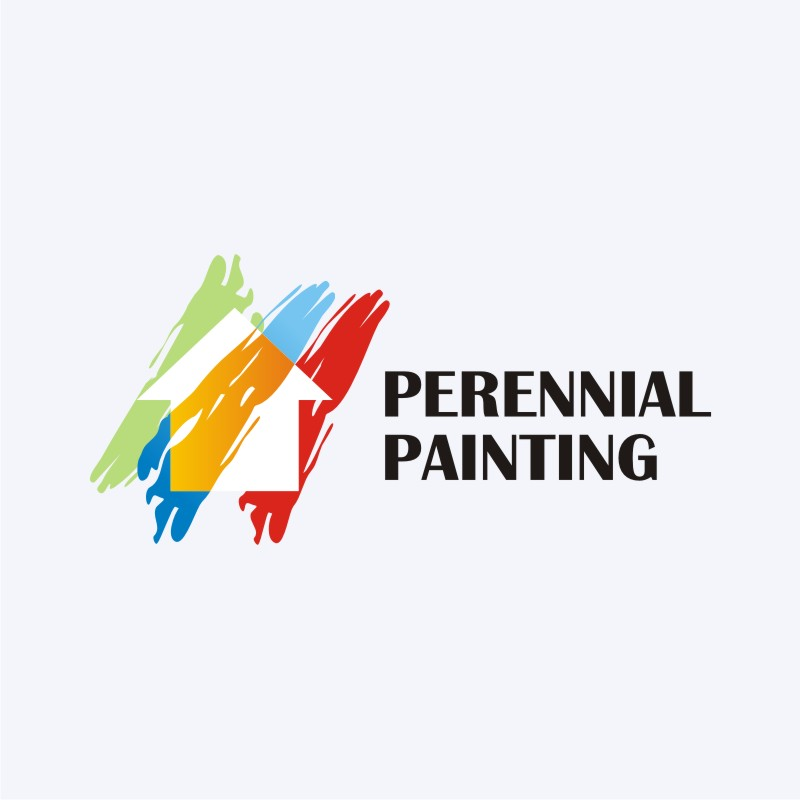Step-By-Step Overview To Readying Your Wall Surfaces For Repainting
Step-By-Step Overview To Readying Your Wall Surfaces For Repainting
Blog Article
Web Content Writer-Sander Hubbard
When you're prepping your wall surfaces for painting, it's essential to follow a systematic procedure to guarantee a remarkable finish. Start by examining https://www.azcentral.com/story/sponsor-story/arizona-painting-company/2017/10/31/four-things-color-consultant-sees/107206736/ for any kind of damages; this step can make or damage your project. As soon as you've recognized any type of concerns, cleaning up the surface area correctly is crucial, as an unclean wall surface can impact paint adhesion. Afterwards, you'll need to spot any type of blemishes and use a guide. But there specify strategies and tips that can boost your prep work game-- allow's check out those further to attain the best outcomes.
Assessing Wall Condition
Prior to you get your paintbrush, take a moment to analyze your walls' condition. Look for any visible damage like splits, holes, or peeling paint. These blemishes can impact how the paint sticks and looks as soon as it's completely dry. If you observe any type of substantial damages, you'll need to focus on repairs before diving into paint.
Look carefully at the structure of your wall surfaces. Is the surface area smooth, or is there appearance that might require special factor to consider? Smooth walls normally require less preparation, while textured surface areas may need more time to repaint uniformly.
Also, consider the previous paint task. If the old paint is glossy, it mightn't enable brand-new paint to stick appropriately. You'll would like to know if your walls have actually been painted with oil-based or water-based paint, as this can impact your selection of guide or paint.
Finally, keep in mind of any moisture issues. If you see indicators of water damage or mold and mildew, address these problems right away to stop further issues.
Cleansing the Surface
As soon as you have actually assessed the problem of your walls, the following action is cleansing the surface area. Start by gathering your materials: a bucket, warm water, a mild detergent, a sponge or cloth, and a scrub brush for tougher spots.
Begin on top edge of the wall surface and work your means down. Mix the cleaning agent with cozy water in your pail, then dip the sponge or cloth into the remedy. Wring it bent on stay clear of extreme wetness on the walls.
As you clean up, pay very close attention to locations that could've accumulated dust, grease, or finger prints. For stubborn stains, make use of the scrub brush carefully to avoid damaging the paint beneath. Wash your sponge or cloth often in clean water to prevent spreading dust around.
After cleansing, it's important to clean the walls with a wet fabric to remove any kind of soap residue. This step makes sure a smooth surface area for the new paint to adhere to.
Enable the wall surfaces to dry entirely prior to moving on to the next prep work steps. This detailed cleaning process will certainly help produce a fresh canvas for your painting project, ensuring the most effective results.
Patching and Priming
Patching and priming are crucial steps in preparing your wall surfaces for a fresh coat of paint. Initially, inspect your wall surfaces for any kind of holes, fractures, or flaws. Utilize a top notch spackling compound or patching paste to fill these areas.
Apply the compound with a putty blade, smoothing it out so it's flush with the bordering surface. Permit it to completely dry completely, and afterwards sand it lightly up until it's smooth and even.
When you have actually covered everything, it's time to prime. Guide assists secure the patched locations, making certain the paint adheres correctly and supplies a consistent surface. Choose a guide appropriate for your wall type and the paint you'll be making use of.
Apply the primer making use of a roller for bigger areas and a brush for corners and sides. If your covered locations are significantly big or porous, you may wish to use a second coat of guide after the first one dries.
After priming, let everything dry extensively before carrying on to paint. This prep work won't only boost the look of your wall surfaces yet likewise lengthen the life of your paint work.
Take your time, and you'll be pleased with the outcomes.
Verdict
By adhering to these simple actions, you can achieve a smooth and specialist surface on your wall surfaces. Beginning by assessing their condition, then clean and spot any type of flaws prior to applying guide. Remember to allow appropriate drying out time and make sure everything is smooth prior to you dive into paint. With the right preparation, you'll set the phase for a beautiful transformation in your room. Currently, collect your materials, inhale the fresh air, and prepare to repaint!
